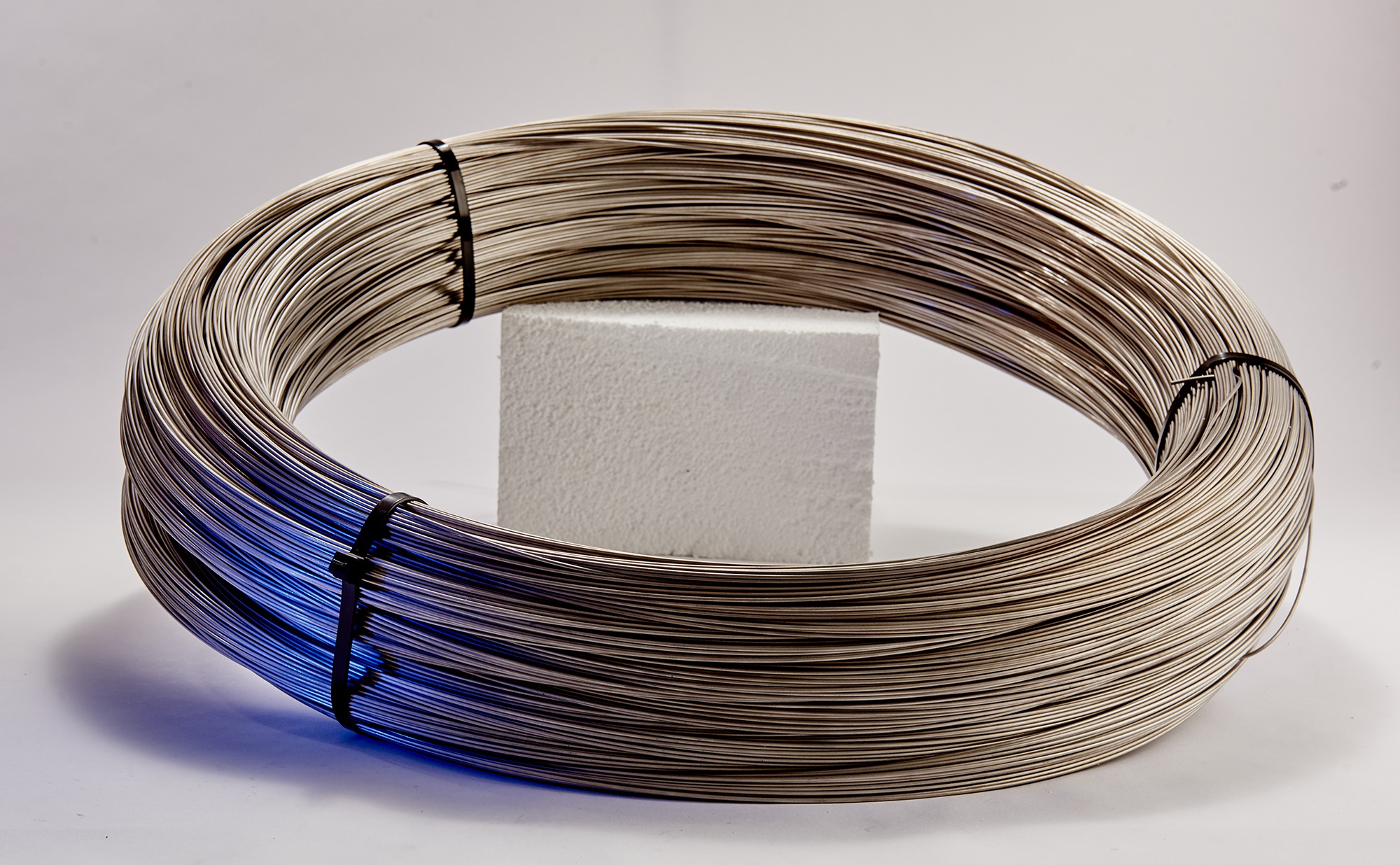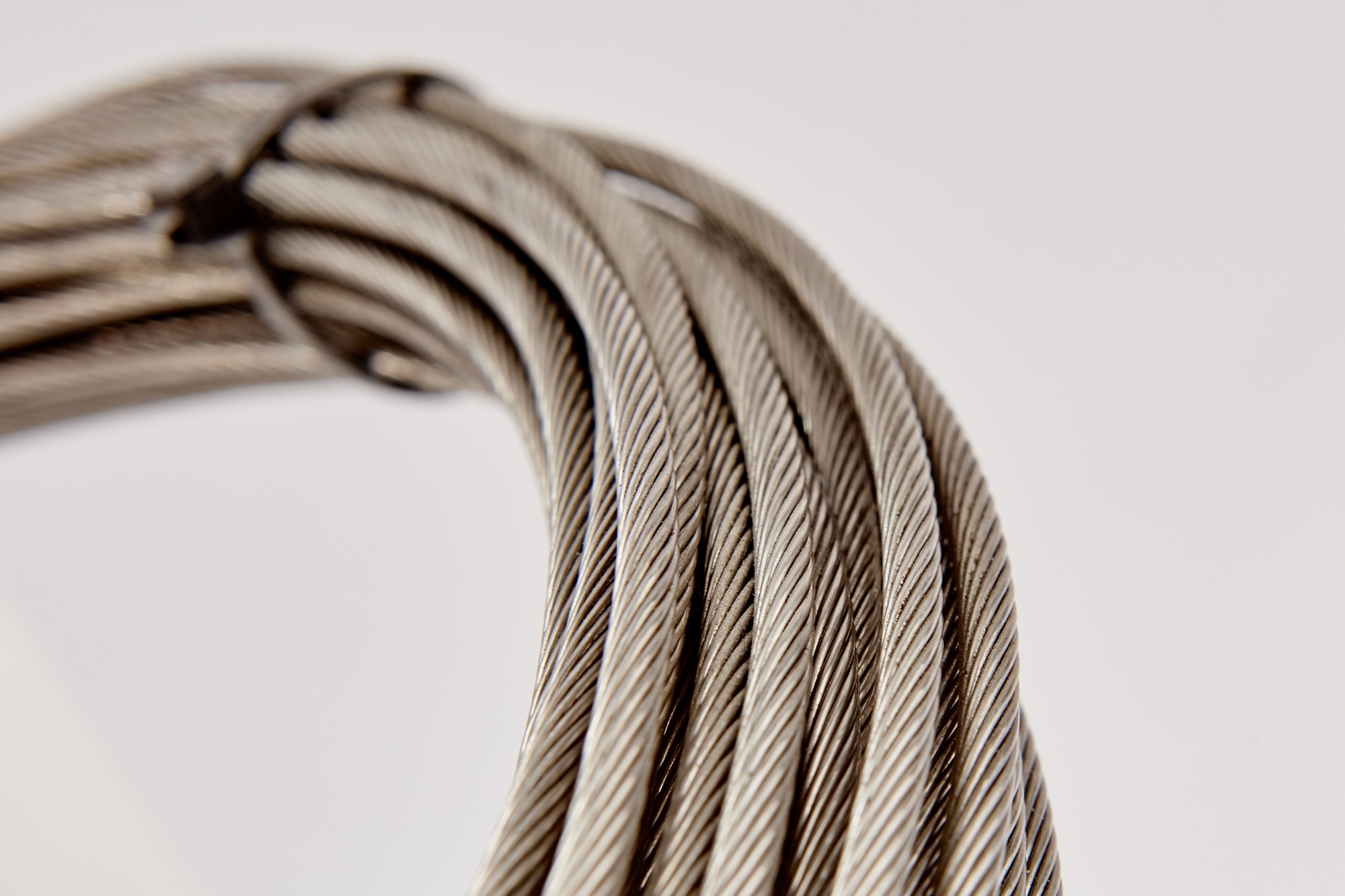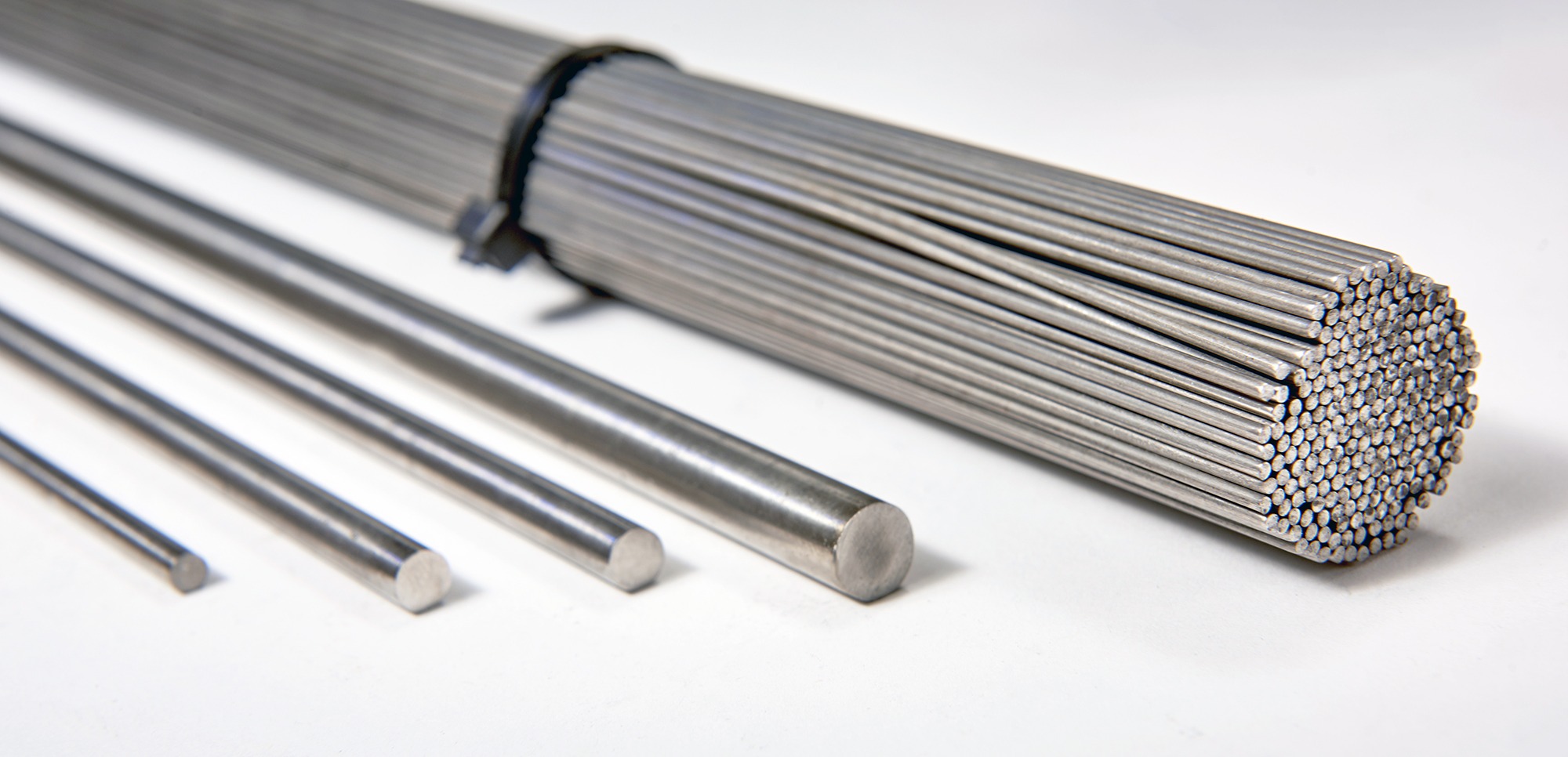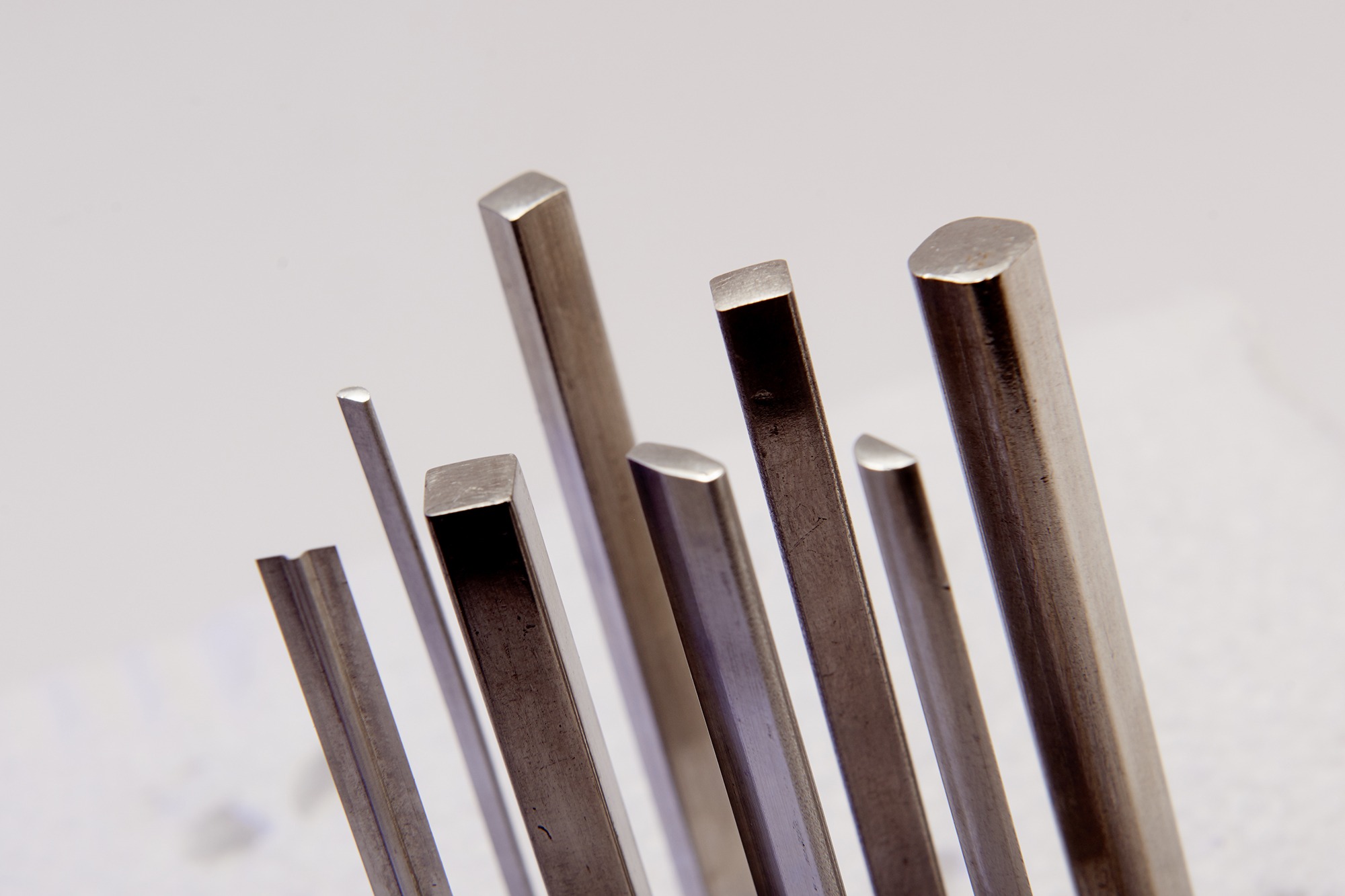
Alloy Wire International
Datenblatt: Hastelloy˘ C-22
Hastelloy˘ C-22
Eine Nickel-Chrom-Molybdän-Legierung mit besserer Gesamtbeständigkeit und Vielseitigkeit als jedes andere verfügbare NiCrMo. Es hat eine ausgezeichnete Beständigkeit gegen örtliche Korrosion und eine Vielzahl gemischter Industriechemikalien.
Hastelloy C-22 ist auch als Nicrofer 5621, Superimphy C22 und Inconel 622 bekannt.
Erhältlich in allen Profiloptionen
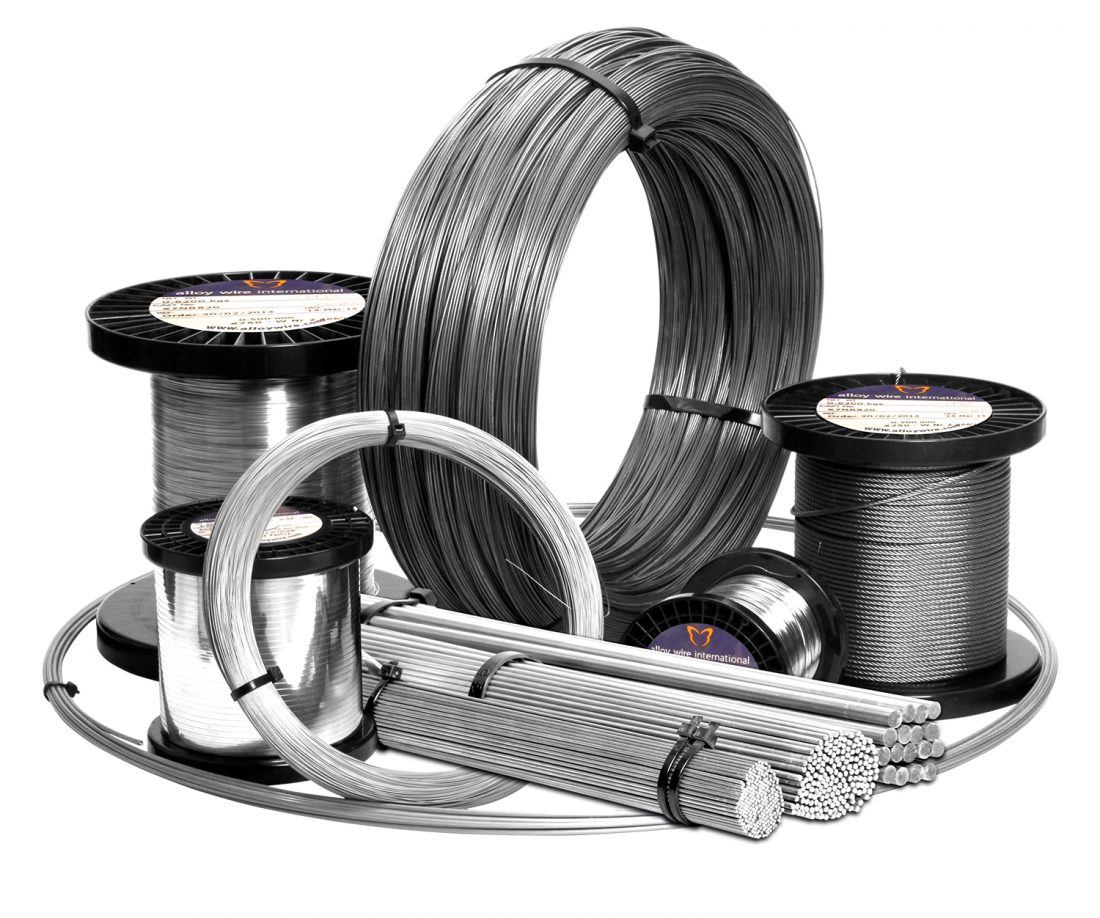
Haupteigenschaften
Hastelloy C-22 offers the following key features:
Bessere Gesamtkorrosionsbeständigkeit als Hastelloy C-4 & C-276 und Inconel 625.
Hervorragende Beständigkeit gegen Lochfraß, Spaltkorrosion und Spannungsrisskorrosion.
Typische Anwendungen
Hastelloy C-22 is known to be suitable for the following applications:
Chlorierungssysteme
Wiederaufbereitung von Kernbrennstoffen
Beizsysteme
Bezeichnungen
Wkst. Nr. 2.4602
UNS N06022
AWS 053
Spezifikationen
ASTM B574
ASTM B575
ASTM B619
ISO 15156-3 (NACE MR 0175)
Chemische Zusammensetzung
The chemical composition of Hastelloy C-22 is indicated in the table below:
| Element | Min % | Max % |
|---|---|---|
| Cr | 20.00 | 22.50 |
| Mo | 12.50 | 14.50 |
| Fe | 2.00 | 6.00 |
| W | 2.50 | 3.50 |
| C | – | 0.015 |
| Si | – | 0.08 |
| Co | – | 2.50 |
| Mn | – | 0.50 |
| V | – | 0.35 |
| P | – | 0.02 |
| S | – | 0.02 |
| Ni | Bal |
Legierungsdetails
Hastelloy C-22 density, melting point, coefficient of expansion, and modulus of elasticity is indicated in the table below:
| Dichte | Schmelzpunkt | Ausdehnungskoeffizient | Steifigkeitsmodul | Elastizitätsmodul |
|---|---|---|---|---|
| 8,69 g/cm³ | 1399 °C | 12,4 μm/m °C (20 – 100 °C) | 78,6 kN/mm² | 205,5 kN/mm² |
| 0,314 lb/in³ | 2550 °F | 6,9 x 10-6 in/in °F (70 – 212 °F) | 11400 ksi | 29806 ksi |
Wärmebehandlung von Fertigteilen
The typical heat treatment of Hastelloy C-22:
| Zustand wie von AWI geliefert | Typ | Temperatur | Zeit | Kühlen |
|---|---|---|---|---|
| Geglüht oder federhart | Spannungsarmglühen | 400 – 450 °C (750 – 840 °F) | 2 Stunden | Luft |
Eigenschaften
The typical mechanical properties of Hastelloy C-22:
| Glühen | ||
|---|---|---|
| Ungefähre Zugfestigkeit | <1100 N/mm² | <159 ksi |
| Ca. Betriebstemperatur je nach Belastung** und Umgebung | -200 bis +400 °C | -330 bis +750 °F |
| Federhart | ||
|---|---|---|
| Ungefähre Zugfestigkeit | 1400 – 1700 N/mm² | 203 – 247 ksi |
| Ca. Betriebstemperatur je nach Belastung** und Umgebung | -200 bis +400 °C | -330 bis +750 °F |
Die obigen Zugfestigkeitsbereiche sind typisch. Wenn Sie andere benötigen, fragen Sie bitte.
*Handelsname von Haynes International
